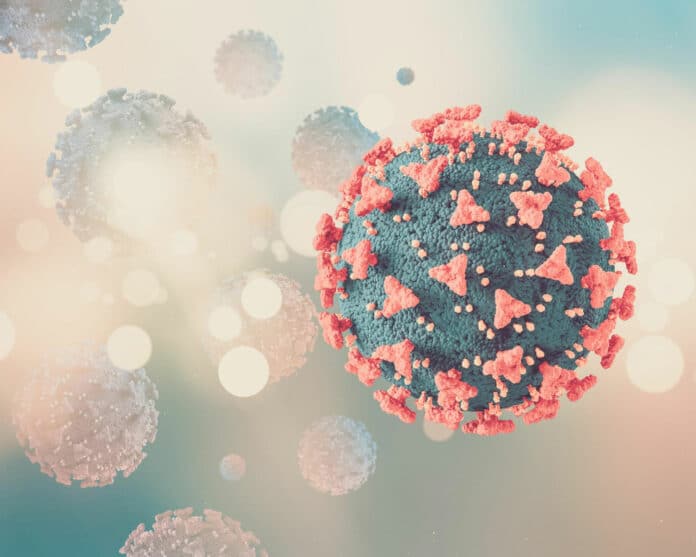Acute myeloid leukemia (AML) is hard to treat and has a five-year survival rate of just 65 to 70 percent. Although significant success has been in targeting a dispensable lineage antigen, like CD19, in B-cell acute lymphoblastic leukemia, the lack of tumor-restricted antigens limits the broader use of adoptive immunotherapies.
Immunotherapy targets specific to leukemia are nonexistent, which is the problem. It is impossible to distinguish between leukemic and healthy cells.
But what if the healthy cells could be shielded to avoid this toxicity?
Pietro Genovese, Ph.D., a researcher in the Gene Therapy Program at Boston Children’s Hospital, and his colleagues described a new strategy: using it with bone marrow transplantation for children with refractory or relapsed AML.
Scientists decided to engineer the transplanted stem cells to make them invisible to the immunotherapy. They chose three proteins on the surface of leukemia cells that are critical to their survival as immunotherapy targets: FLT3, CD123, and KIT. After that, they switched to healthy blood stem cells.
They altered the genes that encode the same proteins by adding new amino acids through base editing. The slight alteration prevented cancer immunotherapies from identifying the stem cells, but it did not affect the cell’s ability to produce red blood cells.
Gabriele Casirati, MD, a postdoctoral fellow in Genovese’s lab and first author of the study, said, “We found that we could modify the specificity of antibodies for a target by changing a single amino acid in the target. We can completely avoid recognition of the normal cells.”
Genovese said, “Other strategies knock out the immunotherapy targets on the stem cells, but we believe ours is more effective because it preserves the functionality of the edited genes.”
The scientists demonstrated that their strategy allowed CAR T-cell therapy to eliminate the malignancy in a humanized mouse model of AML without harming healthy blood stem cells, providing compelling evidence of the treatment‘s efficacy and safety.
How would it work?
Base editing would be performed on the donor blood stem cells before the bone marrow transplant procedure for patients with AML. Following engraftment of donor cells into the bone marrow, patients would be treated with immunotherapy, which targets and eliminates leukemia cells exclusively.
There is a desperate need for new treatments for children and adults with AML. Approaches like this one for novel cellular therapy offer a fresh perspective.
Journal Reference:
- Casirati, G., Cosentino, A., Mucci, A. et al. Epitope editing enables targeted immunotherapy of acute myeloid leukaemia. Nature 621, 404–414 (2023). DOI: 10.1038/s41586-023-06496-5
